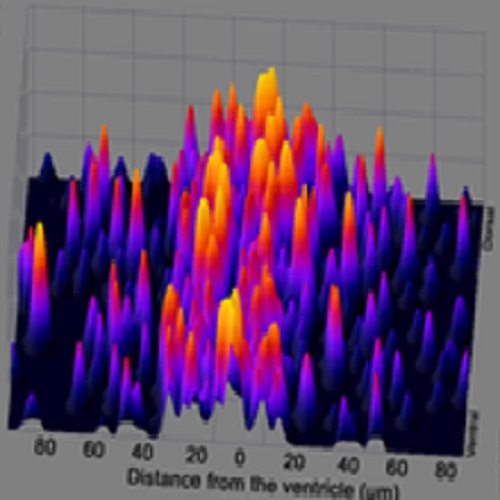Cerebroventricular microinjection (CVMI) into adult zebrafish brain is an efficient misexpression method for forebrain ventricular cells.
The teleost fish Danio rerio (zebrafish) has a remarkable ability to generate newborn neurons in its brain at adult stages of its lifespan-a process called adult neurogenesis. This ability relies on proliferating ventricular progenitors and is in striking contrast to mammalian brains that have rather restricted capacity for adult neurogenesis. Therefore, investigating the zebrafish brain can help not only to elucidate the molecular mechanisms of widespread adult neurogenesis in a vertebrate species, but also to design therapies in humans with what we learn from this teleost. Yet, understanding the cellular behavior and molecular programs underlying different biological processes in the adult zebrafish brain requires techniques that allow manipulation of gene function. As a complementary method to the currently used misexpression techniques in zebrafish, such as transgenic approaches or electroporation-based delivery of DNA, we devised a cerebroventricular microinjection (CVMI)-assisted knockdown protocol that relies on vivo morpholino oligonucleotides, which do not require electroporation for cellular uptake. This rapid method allows uniform and efficient knockdown of genes in the ventricular cells of the zebrafish brain, which contain the neurogenic progenitors. We also provide data on the use of CVMI for growth factor administration to the brain--in our case FGF8, which modulates the proliferation rate of the ventricular cells. In this paper, we describe the CVMI method and discuss its potential uses in zebrafish.

- PLoS ONE 2011 Nov 04;6(11):e27395
- 2011
- Imaging Technologies Development
- 22076157
- PubMed
Enabled by:
